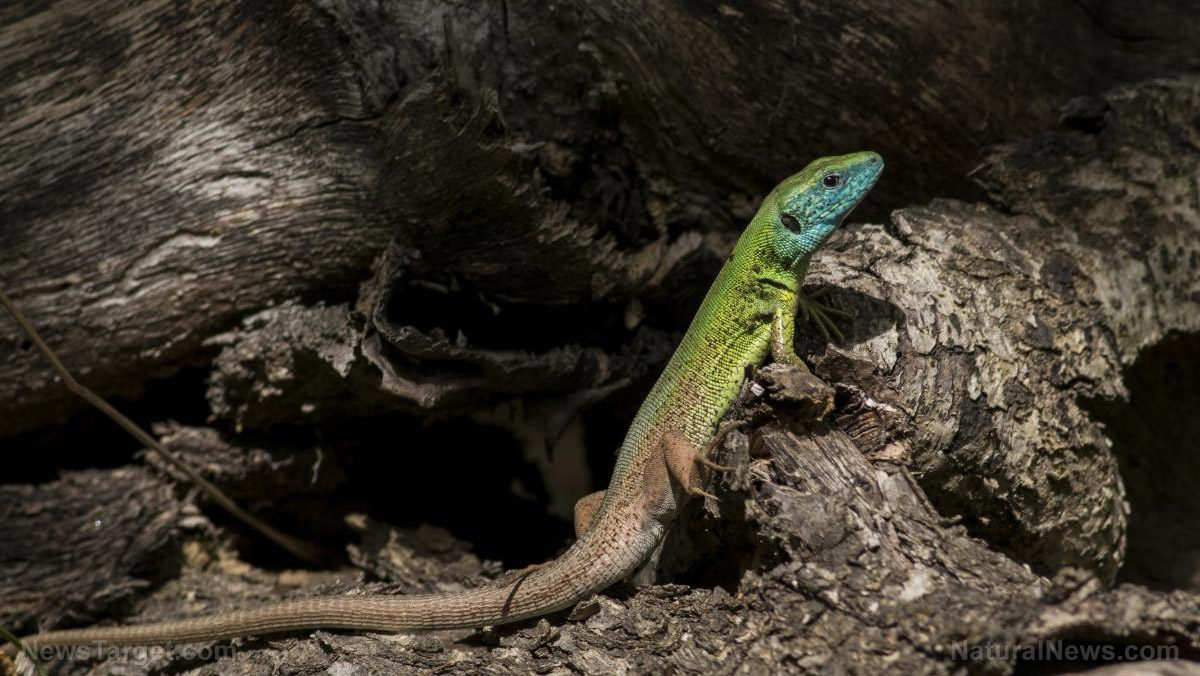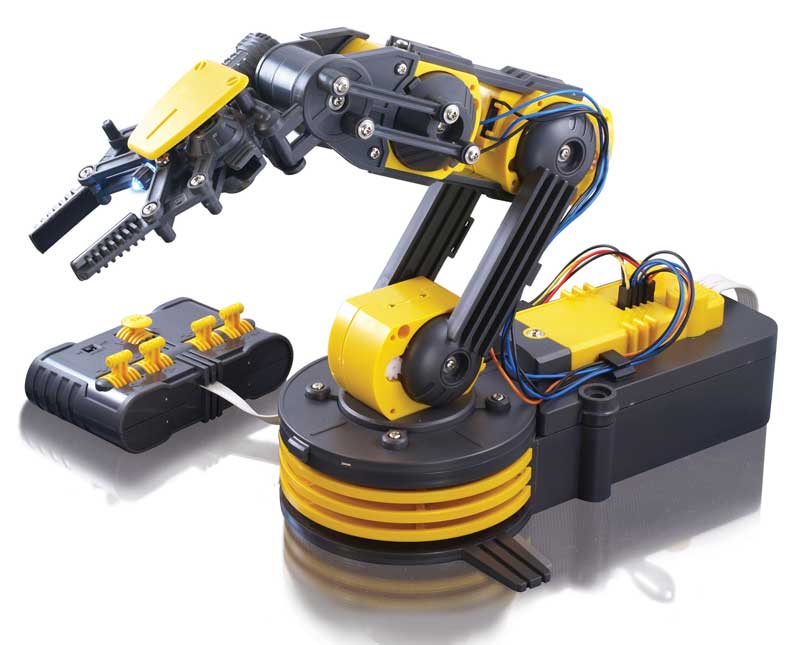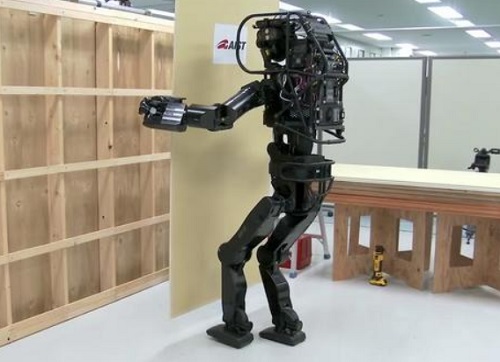Next-gen robots inspired by lizards, potentially making them capable of traversing uneven terrain
12/14/2018 / By Edsel Cook

Right now, walking robots have trouble maintaining their balance whenever they have to cross rough ground. But a future wave of bipedal machines will be able to overcome this hurdle in their mobility. And they will achieve this all-terrain capability due in no small part to lizards.
A group of academic institutes – including the University of Queensland (UQ) – pooled their efforts into studying the way certain lizards moved. They recorded the complicated motion of several different species of agamid lizards from Australia.
Like most lizards, these species normally crawl on all fours. But they were also capable of spurts of bipedal movement, in which they would stand up on their strong hind legs and run incredibly fast without tripping.
According to UQ researcher Nicholas Wu, the results of the joint study ran counter to the expectations he and his teammates held. The movement of the lizards did not correspond with the existing mathematical models. (Related: Amazon warehouse robot pepper sprays 24 employees, sends them all to the hospital, one in critical condition.)
Running lizards can teach robots how to move on two legs
Wu explained that conventional thinking used the example of a motorcyclist pulling off a wheelie. As the motorcycle – or the lizard – began to rapidly accelerate, its center of mass would shift towards the back.
When this combination took place, the upper half of the lizard would be pulled off the ground. It would then assume a bipedal stance for the rest of the sprint. This was more of an involuntary effect with physics doing the literal heavy lifting.
However, the researchers found that some of the lizards could assume the bipedal running position faster and longer than predicted. These exceptional animals did this by actively moving their body back while also bringing up their tail for additional leverage.
Wu noted that this behavior allowed the animals to run in bipedal mode for longer periods of time. He theorized that the upright posture helped the animals avoid obstacles in their path through many ways.
He and his fellow researchers believe that a similar process could have prompted dinosaurs to go from quadruped locomotion in the earlier, more primitive species to bipedal locomotion for the newer ones like Tyrannosaurus rex.
Adding a tail to walking robots could help them balance better
University of the Sunshine Coast (USC) researcher Christofer Clemente said that they were still running tests on the agamid lizards. The data they were getting from the experiments would go a long way into improving the future crop of bio-inspired walking robots.
“It’s been suggested that this movement might have something to do with increasing vision in moments of urgency, by elevating the head at the same time and helping to navigate over obstacles,” he said. “Indeed, bipedalism would be advantageous for robots in specific habitats, for example, on open grasslands where, in nature, many bipedal running agamids are found.”
To this end, Clemente thinks that properly designed bipedal robots should copy as much of the dynamic movement of these Australian lizards as possible. In order to run farther and longer, the lower torso and tail must achieve angular acceleration around the hip.
Furthermore, the force exerted by the ground on the body that is in physical contact with it must have higher levels of temporal asymmetry. If this is achieved, the robot can be designed to walk on all fours and then stand up as it speeds up.
“Maybe adding a tail to robots can help them go ‘off-road’ sooner,” Clemente suggested.
Robot.news can tell you more about the impending rise of the machines.
Sources include:
Tagged Under: all-terrain robot, bio-inspired, bipedal robot, breakthrough, future science, future tech, innovation, inventions, lizards, nature-inspired, robotics, robots, science and technology, walking robot



















